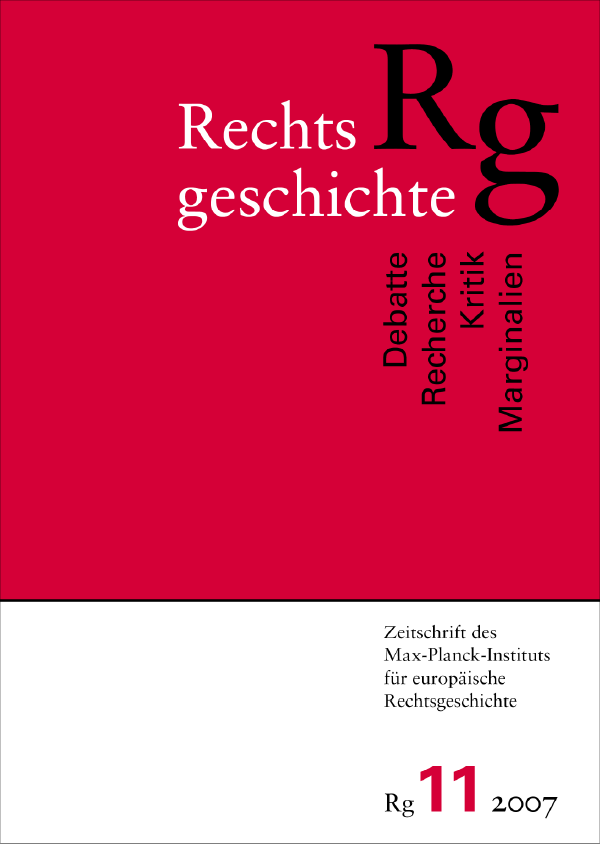Willkür, Takt und Chaos – Biologische Zeitmodelle und ihre Folgen
DOI:
https://doi.org/10.12946/rg11/026-045Abstract
Time by itself is an interesting topic in biological systems, but when it comes to modelling biology, the abstracted representation of time within a mathematical model is a construction surprisingly prone to ambiguities, counterintuitive phenomena and arbitrary decisions. Identifying different scenarios in which the theoretical representation of time is an issue helps us to understand more about concepts of time, biological complexity and the process of modelling itself. This article tries to describe how the process of modelling corresponds to the selection of a particular time scale from a whole range of time scales contributing to a biological system; how the fundamental units of time in biology, rhythmic oscillations, are dependent on the interaction with other rhythmic systems; how a step from a continuous to a discrete time (i.e. a change of the conceptual representation of time within a model) can greatly enhance the range of dynamic behaviours within the model.
Downloads
Veröffentlicht
Zitationsvorschlag
Ausgabe
Rubrik
Lizenz
Copyright (c) 2007 Autor/in

Dieses Werk steht unter einer Creative Commons Namensnennung - Nicht-kommerziell - Keine Bearbeitung 3.0 International -Lizenz.





